Introduction
High population density areas, such as airports and gyms, present unique challenges when it comes to maintaining clean air quality. The proximity of individuals, combined with the potential for airborne pollutants and respiratory concerns, necessitates effective strategies for addressing these challenges. In this article, we will explore the critical challenges faced in areas with high population density, the importance of clean air in these environments, and innovative solutions that can be implemented to ensure a healthier and safer atmosphere for everyone.
The Importance of Clean Air in High Population Density Areas
Health implications of poor air quality
Poor air quality can have significant health implications, particularly in areas with high population density. Airborne pollutants, such as particulate matter, volatile organic compounds (VOCs), and allergens, can exacerbate respiratory conditions, trigger allergies, and even contribute to the development of chronic diseases. In crowded environments like airports and gyms, where individuals spend extended periods of time, clean air becomes paramount for the well-being of both employees and visitors.
Impact on productivity and comfort
Clean air also has a direct impact on productivity and comfort in high population density areas. Studies have shown that poor indoor air quality can lead to reduced cognitive function, increased fatigue, and decreased productivity. In airports, for example, providing clean air can enhance the overall travel experience and create a more pleasant environment for passengers. Similarly, in gyms, clean air can promote better workout performance and member satisfaction.
Critical Challenges in Maintaining Clean Air
High volume of people and pollutants
Areas with high population density, such as airports and gyms, face the challenge of handling a large number of people and the associated pollutants they generate. In airports, the constant flow of passengers, baggage, and vehicles can contribute to the accumulation of airborne contaminants. Gyms, on the other hand, experience high levels of sweat, odors, and potential respiratory irritants from exercise activities.
Limited ventilation and air circulation
Limited ventilation and air circulation further compound the challenges of maintaining clean air in these environments. In airports, the need for security measures and controlled access restricts the amount of fresh air that can be brought in. Gyms often have enclosed spaces with limited windows, making it challenging to achieve proper air exchange and filtration.
Compliance with regulations and standards
Both airports and gyms must comply with regulations and standards set by local health departments and environmental agencies. These regulations often prescribe specific air quality guidelines and pollutant limits that need to be met. Ensuring compliance with these standards can be a significant challenge, particularly in high traffic areas where controlling pollutant sources can be difficult.
Innovative Solutions for Clean Air
Advanced air filtration systems
Implementing advanced air filtration systems is a key solution for addressing the challenges of maintaining clean air in high population density areas. High-efficiency particulate air (HEPA) filters, activated carbon filters, and electrostatic precipitators are some of the technologies used to remove airborne pollutants, including allergens, VOCs, and odors. These filtration systems can be installed in the ventilation systems of airports and gyms to effectively capture and remove contaminants.
Air purification technologies
Air purification technologies, such as ultraviolet germicidal irradiation (UVGI) and photocatalytic oxidation (PCO), can also be employed to improve air quality in crowded areas. UVGI utilizes ultraviolet light to kill or inactivate microorganisms, while PCO uses a catalyst to convert pollutants into harmless substances. These technologies can be integrated into existing HVAC systems or deployed as standalone units to provide continuous air purification.
Real-time air quality monitoring
Real-time air quality monitoring is another innovative solution that can help maintain clean air in high population density areas. By deploying sensors throughout the environment, airports and gyms can continuously monitor air quality parameters, such as particulate matter levels, CO2 concentration, and humidity. This data can then be used to identify areas of concern, track the effectiveness of air purification systems, and implement targeted interventions when needed.
Proper maintenance and cleanliness protocols
Regular maintenance and cleanliness protocols are essential for ensuring clean air in high population density areas. This includes regular inspection, cleaning, and replacement of air filters, as well as thorough cleaning of surfaces and ventilation systems. Strict hygiene practices, such as frequent disinfection of commonly touched surfaces and promotion of personal hygiene among employees and visitors, can also contribute to maintaining clean air.
Conclusion
Addressing critical challenges in areas with high population density, such as airports and gyms, for clean air is crucial for the well-being and comfort of individuals in these environments. By recognizing the importance of clean air, implementing innovative solutions, and adhering to proper maintenance protocols, it is possible to create a healthier and safer atmosphere for everyone. With continuous advancements in air filtration, purification technologies, and real-time monitoring, the goal of maintaining clean air in high population density areas can be achieved, promoting better health, productivity, and satisfaction among occupants.

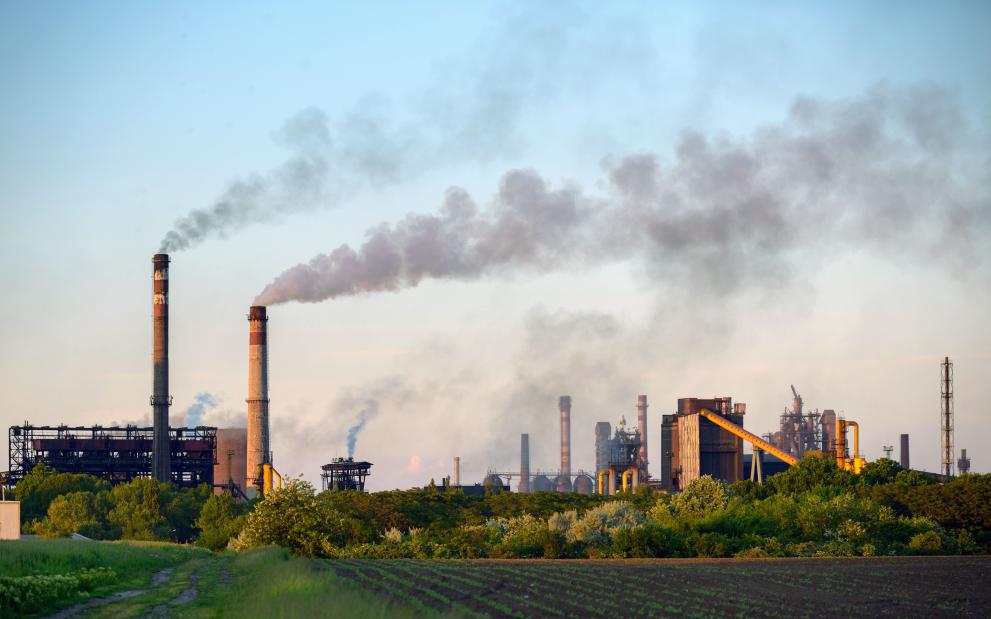
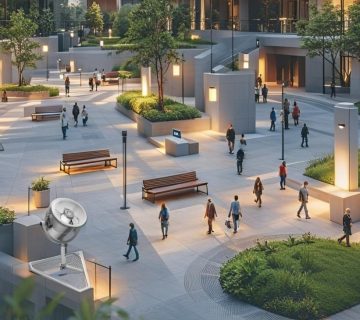


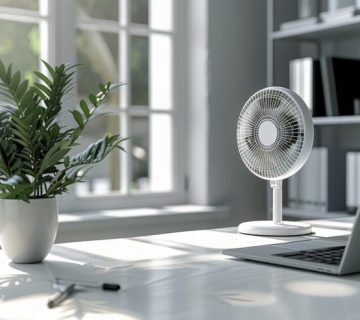
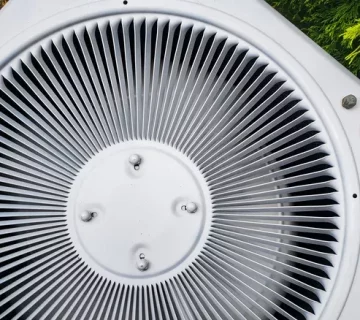
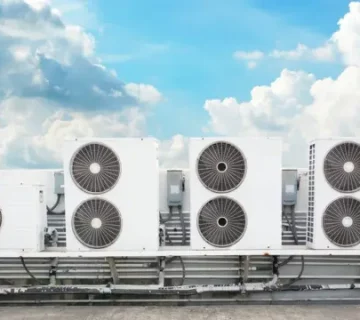
No comment